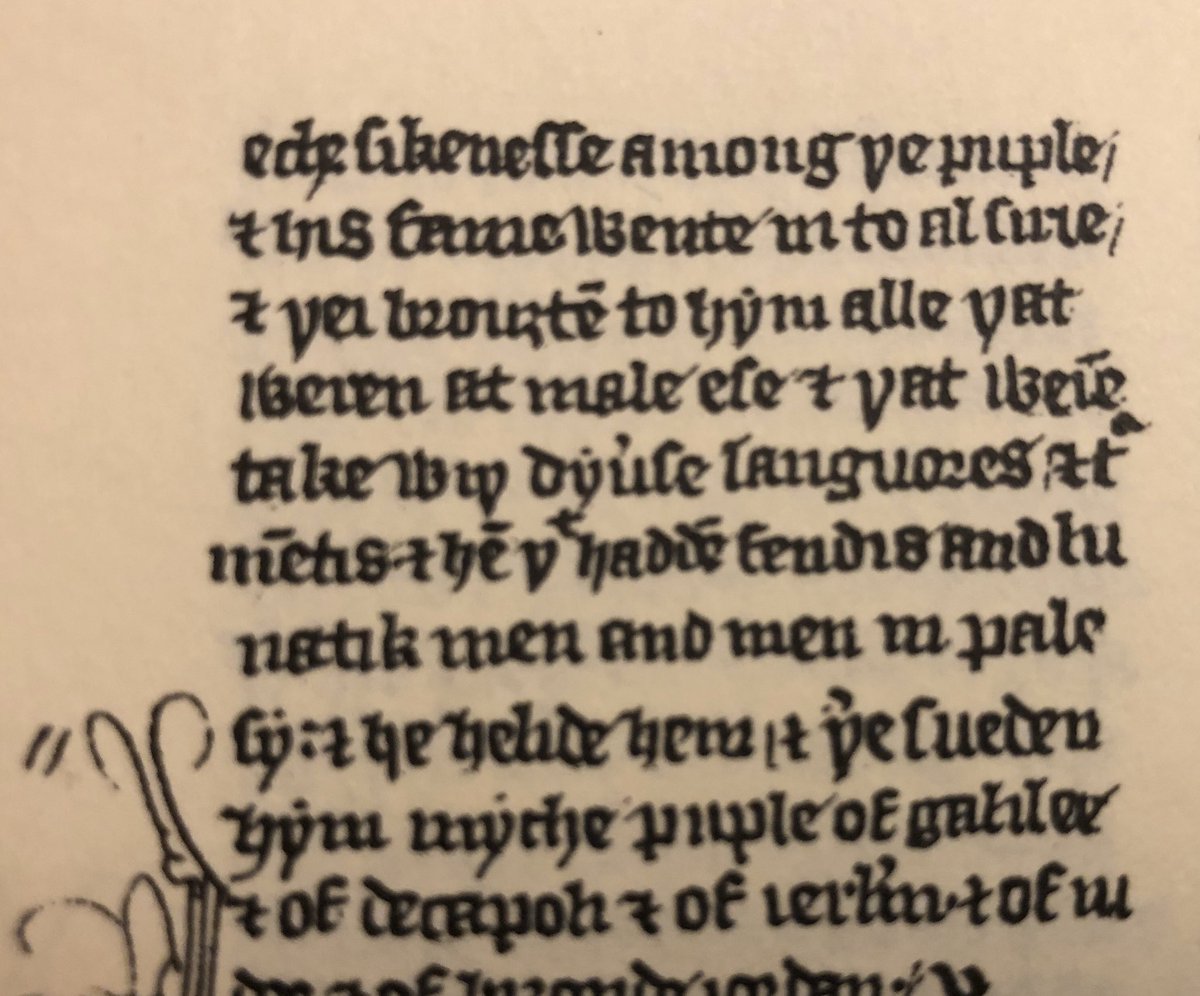The term ‘demon-possessed’ is common in modern Bible translations (eg ESV, HCSB, NIV, NKJV at Matt 8:28) & has become a standard phrase.
It conveys to people that 1 or more demons possess a person.
That’s the problem. We’ll see there’s been a shift.
But earlier translations tended to express that the person had the demon, not the demon, the person.
Here’s Matthew 4:24: Latin et qui daemonia habebant ‘and whoever had demons’.
You can probably make out the words ‘devil’ & ‘have’ in the Anglo-Saxon.
So the people have the devils, not vice versa.

Line 6: hem that hadden fendis
(them that had fiends!)
Other manuscripts use the devil word.

Line 8: them that were possessed with devils.
What does ‘possessed with’ mean?

Over time people came to think only of the demon possessing the person.
After all, if someone’s possessed with rage, do they have the rage, or does the rage have them?
Of course the Gospel narrate about people controlled by demons.
The subtly different idea that a demon possesses someone may lead us to assume that demonic influence is constant.
If you struggle to find anyone under such a total control you may then conclude that #Screwtape, Wormwood & Co have gone into retirement.
That would be a big mistake.
END







